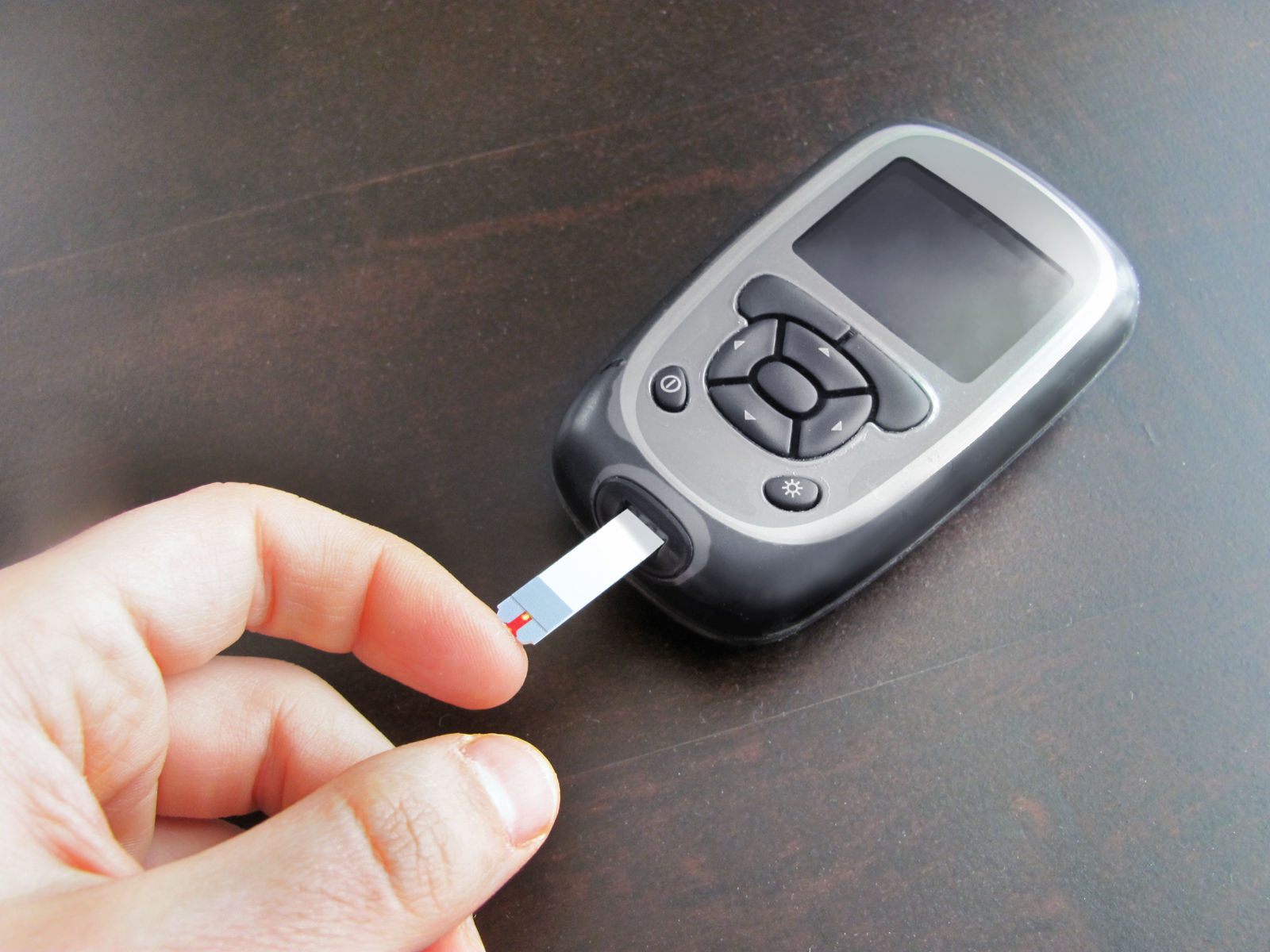
TUESDAY, March 30 (HealthDay News) — Do-it-yourself tests for sexually transmitted diseases (STDs) apparently would be a hit among women.
When given the option of taking an at-home test for chlamydia and gonorrhea, two of the most common STDs, 76 percent of 462 women in a recent study indicated that would be their preference, compared with 16 percent who said they would rather go to a clinic for testing and 8 percent who said they’d prefer to be tested by their own doctor.
At-home test kits for sexually transmitted diseases are not currently available to U.S. consumers.
Beyond women saying they would prefer to test themselves for STDs, the study also found that a greater percentage of these women actually followed through and got tested for chlamydia and gonorrhea — 65 percent compared with 32 percent of those who said they would choose doctors or clinics for testing.
“The results are important because they show you can increase screening for these infections, which are very common and cause serious health problems such as infertility, ectopic pregnancy and pelvic inflammatory disease,” said the study’s lead author, Dr. Jeffrey Peipert, a professor of obstetrics and gynecology at Washington University in St. Louis.
Women who self-tested used vaginal swabs to obtain a smear that was then mailed to a lab. The women reported that the test was easy to perform, and the results were comparable to results of regular screenings, the researchers reported.
Among the 228 women who were tested, six cases of chlamydia and one case of gonorrhea were found, according to the study, with four of the chlamydia cases and the lone gonorrhea case detected in the home-screening group. Study participants and their partners who tested positive were given free antibiotic treatment.
The study, reported in the April issue of Obstetrics & Gynecology, was funded by the U.S. National Institutes of Health.
Peipert said that one reason home-testing kits are important is that young, healthy women who use long-acting contraceptives — injectable, implantable or intrauterine devices — often neglect to get regular gynecological checkups.
That concerns Dr. Cynthia Krause, an assistant clinical professor of obstetrics, gynecology and reproductive services at Mount Sinai Medical Center in New York City.
“I think that anything that increases testing for STIs [sexually transmitted infections] in young women is valuable,” Krause said. “But, as a GYN, I worry that it will lead to women having less of a relationship with a doctor and possibly feeling that a test is a replacement for a visit with their GYN.”
Nonetheless, she acknowledged, the convenience and lack of intrusiveness of home-testing would appeal to many women.
“I think it’s helpful to be able to screen at home, but I worry that it may be interpreted as a substitute for an annual GYN exam,” she said. Screening for hepatitis, HPV (human papilloma virus), AIDS, weight, contraception and domestic abuse are all part of annual doctor visits, she said.
According to the U.S. Centers for Disease Control and Prevention, more than 1.5 million cases of chlamydia and gonorrhea were reported in 2008, the most recent figures available. But that number, according to the agency, represents only about half of the cases that actually exist. Though annual screening for STDs is recommended, the CDC estimates that only about 26 percent to 60 percent of women actually have the tests.
For at-home testing for STDs similar to that done in the study to become viable would not only require that kits be available for purchase by consumers but also that a system be set up to handle the mailed-in results, including testing labs and telephone numbers women could call for assistance, Peipert said.
The kits would probably cost about $25 to produce, he said. But even after adding a profit margin for the manufacturer, the cost would be less than a doctor’s visit, Peipert said.
Chlamydia affects women more often than men. In 2008, almost 900,000 chlamydia cases were reported in the United States among women and about 315,000 cases among men, according to the CDC.
Women in the U.S. also have a higher rate of gonorrhea, with the CDC reporting about 183,000 cases in 2008, compared with about 153,000 among men.
Both STDs are nearly symptomless and can exist as low-grade infections for many years until they eventually cause serious health problems. However, Peipert said, antibiotic treatment for chlamydia and gonorrhea is completely effective.
“It’s easy,” he said. “You just take a pill or get a shot, and that’s it.”
More information
The U.S. Centers for Disease Control and Prevention has more on sexually transmitted diseases.

